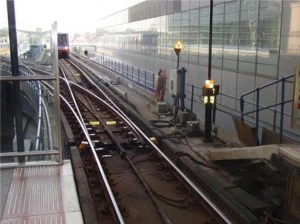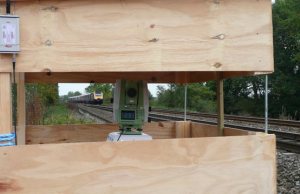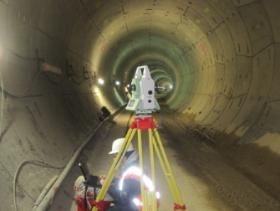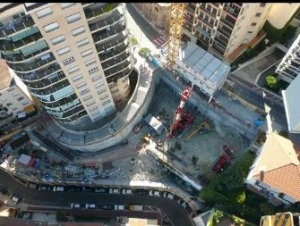Railway monitoring is done either at the time of initial design & construction procedure or to support in the ongoing maintenance tasks. Surveyors support engineers in the planning of optimal railway routes, and also govern optimal grades, slopes, & curves in different sections of the railway route.
The Railway monitoring is an important step before any kind of drawings can be done of the potential railway ways. It is essential to realize the geographic restrictions & the layout of the part before trying to determine the ideal route. In a perfect world, the railway line would go in a straight line from beginning to end, with no alterations in slope &no turns, as this would be the smallest distance. If it was possible, an examiner may not be required. Yet, in the real scenario there are geographic hurdles that nearly make this difficult.
As the Railway monitoring surveyor decides the optimum railway route, there are some restrictions which should be kept in mind. Firstly, the railway line should climb not more than 2 mt in altitude for each 100 meters journeyed. When it moves towards curve, gentle curves are optimum, though close-fitting curves might be possible or even perfect in some areas. Thus railway monitoring system is a necessary process which needs to be done at the planning stage.




